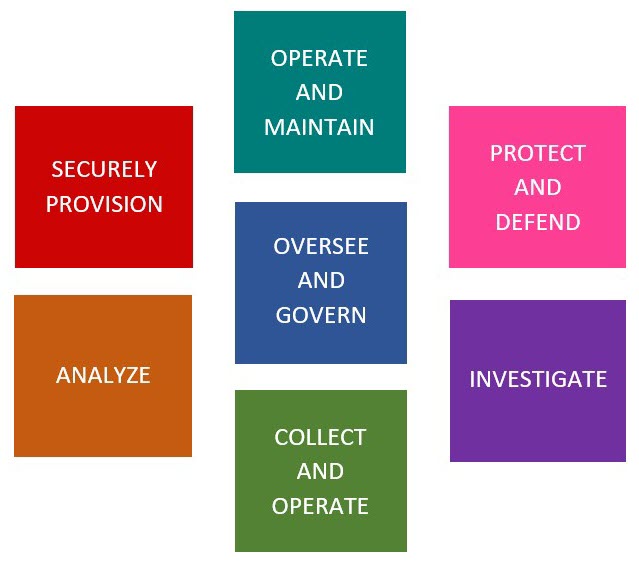Patch me if you can: Cyberattack Series
The Microsoft Incident Response team takes swift action to help contain a ransomware attack and regain positive administrative control of the customer environment.

With a projected “skills gap” numbering in the millions for open cyber headcount, educating a diverse workforce is critical to corporate and national cyber defense moving forward. However, are today’s students getting the preparation they need to do the cybersecurity work of tomorrow?
To help educators prepare meaningful curricula, the National Institute of Standards and Technology (NIST) has developed the National Initiative for Cybersecurity Education (NICE) Cybersecurity Workforce Framework. The U.S. Department of Energy (DOE) is also doing its part to help educate our future cybersecurity workforce through initiatives like the CyberForce Competition,™ designed to support hands-on cyber education for college students and professionals. The CyberForce Competition™ emulates real-world, critical infrastructure scenarios, including “cyber-physical infrastructure and lifelike anomalies and constraints.”
As anyone who’s worked in cybersecurity knows, a big part of operational reality are the unexpected curveballs ranging from an attacker’s pivot while escalating privileges through a corporate domain to a request from the CEO to provide talking points for an upcoming news interview regarding a recent breach. In many “capture the flag” and “cyber-range exercises,” these unexpected anomalies are referred to as “injects,” the curveballs of the training world.
For the CyberForce Competition™ anomalies are mapped across the seven NICE Framework Workforce Categories illustrated below:

NICE Framework Workforce categories, NIST SP 800-181.
Students were assessed based on how many and what types of anomalies they responded to and how effective/successful their responses were.
Frameworks like NIST NICE and competitions like the DOE CyberForce Competition™ are helping to train up the next generation of cybersecurity defenders. Analysis from the most recent CyberForce Competition™ indicates that students are comfortable with tasks in the “Protect and Defend” pillar and are proficient in many critical tasks, including network forensics and log analysis. The data points to areas for improvement especially in the “Collect and Operate” and “Investigate” pillars, and for additional focus on forensic skills and policy knowledge.
Bookmark the Security blog to keep up with our expert coverage on security matters. Also, follow us at @MSFTSecurity for the latest news and updates on cybersecurity.
The CyberForce work was partially supported by the U.S. Department of Energy Office of Science under contract DE-AC02-06CH11357.